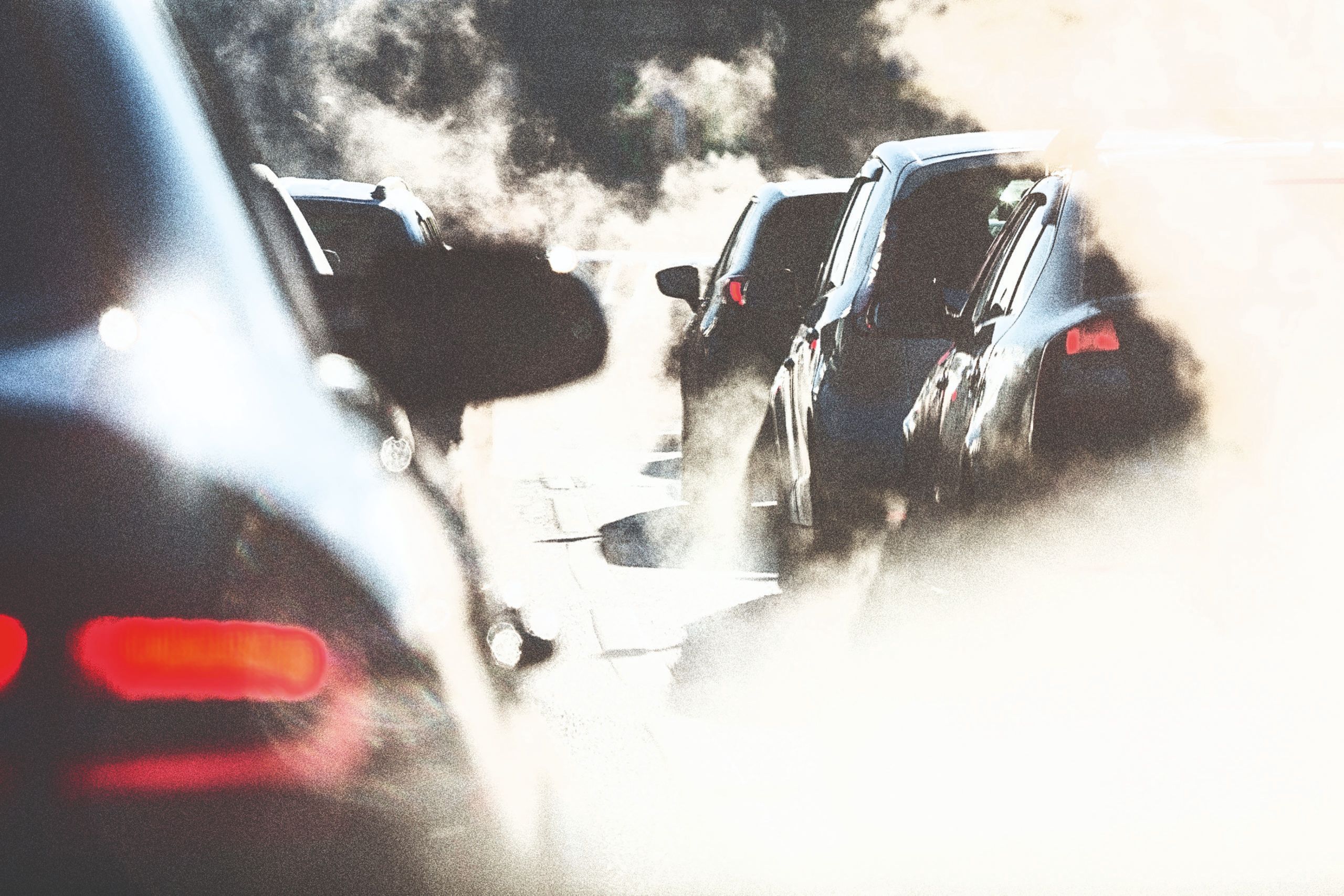The process of catalysis is nothing but a way to increase the rate of the chemical reaction by adding an external substance to the procedure called the catalyst. The catalyst doesn’t hinder the reaction process, it just speeds it up. During this process, it remains unchanged and thus is not consumed.
This process plays a very vital role in the functionality of the air pollution control systems that are used by several industries throughout India. One of the very popular systems that is based around this principle is the Low-Pressure Catalytic System.
So, what is the Low-Pressure Catalytic System and why should one go for Dürr’sCat.X PL?
One of the major purposes of using the Cat.X PL low-pressure air pollution control system is to remove volatile organic compounds (VOCs) from the exhaust gas released by the industries using catalytic oxidation. This particular system is suitable for all catalytic applications. In this process, the pollutants are generally converted at atmospheric pressure or with a slight over or under pressure.
How is Cat.X PL made?
The Cat.X PL industrial air pollution control system consists of the following main components:
·Heat exchanger
·Support burner
·A fan for either startup or for supplying air for combustion
·A reactor with a catalyst
Generally, the reactor consists of a cylindrical or a square case. This depends highly on the type of catalyst being used. These catalysts generally have a honeycomb structure or are made up of bulk material. A special support grid is further used to further assist it. The Cat.X PL catalyst case, when combined with the above-mentioned components, helps to ensure that the process is highly efficient.
For the catalytic reaction to take place and for the reaction to commence, the exhaust air needs to be heated at a required temperature. For this a burner or an electric heater is used. But they are only required when the system is starting for the first time. As soon as the oxidation process begins, a lot of energy is produced to preheat the exhaust air in an upstream heat exchanger. A high level of efficiency and flexibility can be achieved when the intelligent control system is combined with various components of the industry’s air pollution control system.
Benefits of a Cat.X PL
·It is adaptable to a wide range of hydrocarbons
·There are no restrictions on the type or the quantity of pollutant
·Has individual heat recovery
·Reduced energy consumption due to lower oxidation temperature
Where can Cat.X PL be used?
The industrial Cat.X PL low-pressure air pollution control system from Dürr is highly suitable for all different types of catalytic applications. This system is widely used in chemical and pharmaceutical industries and for cleaning the exhaust gases emitted from the paint shops and surface treatment plants. This low-pressure catalytic process is also found in the printing and coating sectors.
Some other industries where it is widely are:
1. Chemical Industry
3. Printing & Coating Industry
What are the technical specifications for the Cat.X PL?
The under-listed are the critical substances that are generated in the production process, which can be further treated with the Cat.X PL catalyst technology:
·Exhaust gases with different volume flow rates and pollutants concentrations
·Exhaust gases that consist of different types of hydrocarbons
·Exhaust gases with a low oxygen content
Such types of industrial air pollution control systems are not suitable for applications where substances that can deactivate or block the catalyst are produced.
For industrial air pollution control and painting technologies, Dürr offers high-performance systems. What sets them apart and makes them the technology leader are their high-quality products, their process expertise, project management, and service.










